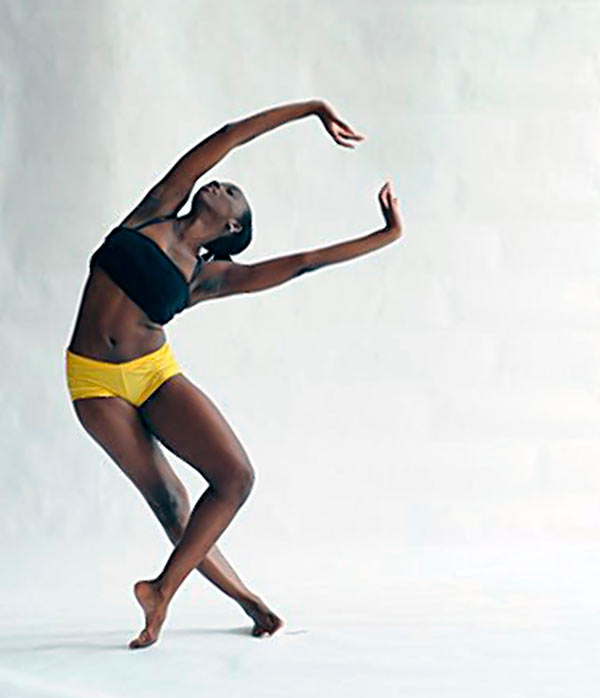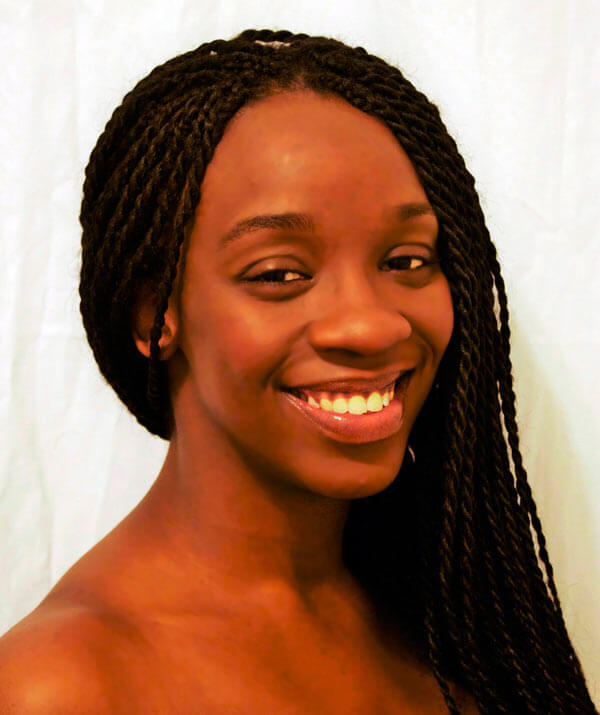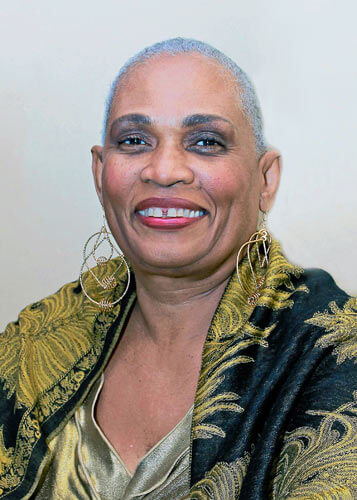She’s striding through a hidden disability.
Barbadian-born Gina Mayers is a full time modern professional dancer at Brooklyn’s The Shadow Box Theater. But unbeknownst to most people, she dances while living with multiple sclerosis — a central nervous system disorder that affects nerve cells in the brain and spine. Having always had a love for dancing, she came to the states to pursue her love for the artform at the Alvin Ailey school in Midtown in 2009. But before it all, she started experiencing symptoms that would lead to a life-changing health crisis.
“I didn’t know what was happening and I was already dancing professionally at the time and I started to experience blurry vision,” she said. “Next thing I know — I was blind and in the hospital.”
After an MRI scan and a full recovery to regaining her sight, Mayers learned she was being diagnosed with multiple sclerosis. The news came as a shock to her and she had just been accepted into the Ailey school. She knew it would be a new challenge to balance her disorder, but figured she would not miss out on the opportunity.
“I knew I would still go and pursue that education, but then I started to deal with numbness on my right side and feeling really tired,” said Mayers. “All of a sudden when it came to choreography, I couldn’t grasp basic steps.”
One of the most devastating outcomes Mayers encountered while having the disorder was the substantial memory function that she used the most. She said losing that drastically changed how she typically danced.

“Before I exhibited signs of multiple sclerosis, I had photographic memory and I could just see a choreography and mimic that and memorize it,” she said. “But I had to relearn how to analyze steps and that was the hardest part because it was like relearning how to dance in a sense — that loss really hurt me.”
Since her diagnosis, Mayers said she now has an increased sense of structure in her personal life in order to manage her day-to day life. There are five medications she takes weekly to control her symptoms — one of them is an injection she has to take three times a week and requires refrigeration.
“I have to be way more organized and I have to make a lot of considerations,” said Mayers “Being organized is conducive to my dancing because I also have to come an hour before and give myself more time to prepare.”
The 32-year-old said she was living her dream despite having multiple sclerosis, and also teaches Barbadian folk dance classes. One of the disease’s symptoms is depression and feelings of sadness that Mayers often experience, but she said balancing was a struggle that was mostly contained. Mayers recommends that other people living with disabilities — whether visible or invisible — not let it prevent them from at least trying to accomplish something they think will get in the way, adding that the dreams will not always be there.
“Whether you’re working at a desk or dancing full time or whatever is passion — your disability will be there regardless of what you do,” she said. “If you could attempt do something you love, it’ll be easier for you and you’re going to be less stressed. You need to have an exit strategy, and I’m going to have multiple sclerosis even if I was working at a desk or whether I’m working as a dancer. My advice is you could be truly happy and whole as a person doing what you love.”



























